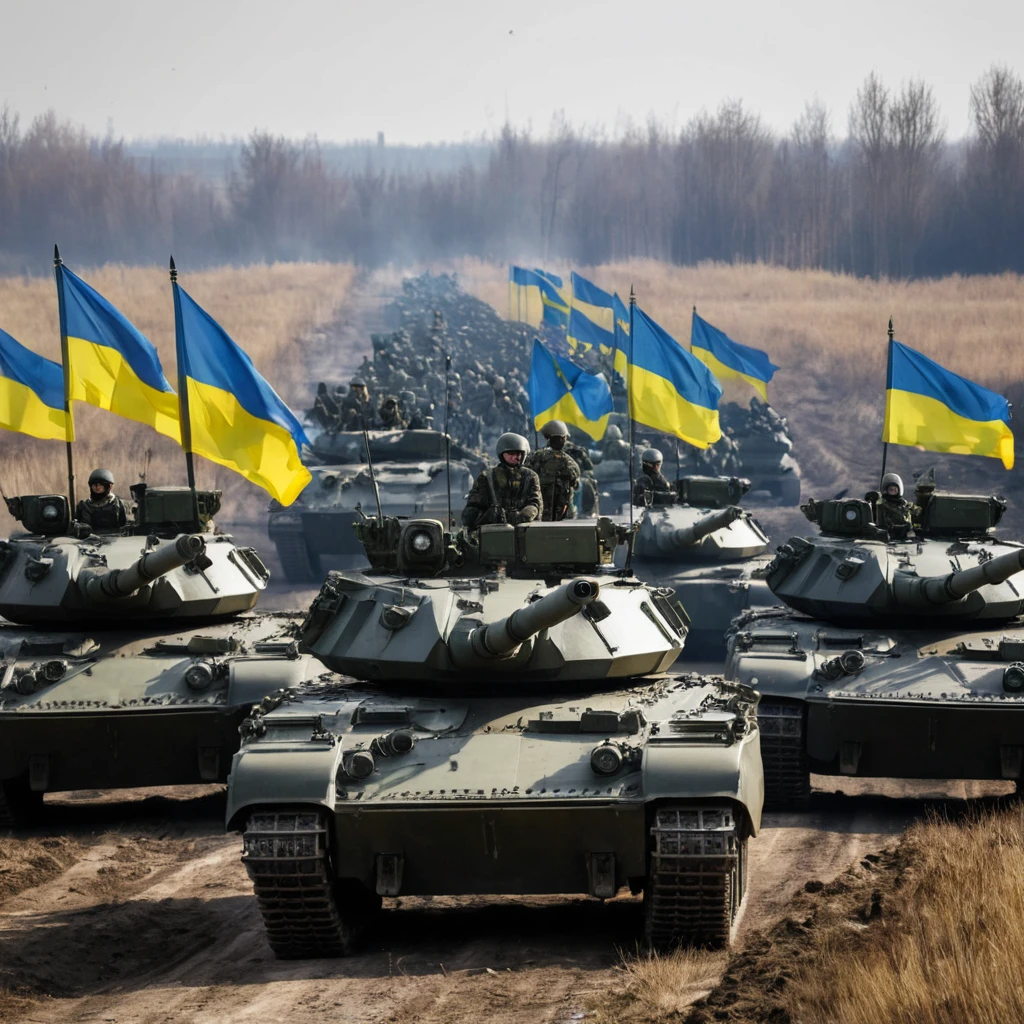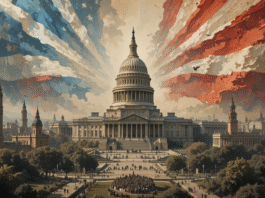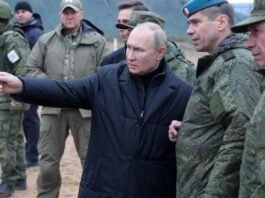Understanding the Proxy War Narrative
The concept of proxy wars refers to conflicts where two or more external powers support opposing sides, utilizing indirect means to project influence without engaging in direct combat. In the context of Ukraine, the ongoing conflict is increasingly characterized as a proxy war involving major global players, particularly the United States and China, alongside Russia. The historical backdrop of Ukraine’s struggle for sovereignty from Russian influence, combined with the strategic interests of these global powers, paints a complex picture of international relations.
The United States has actively supported Ukraine since the onset of the conflict, viewing it as a critical front in the broader struggle against Russian expansionism. This alignment stems from a series of geopolitical motivations, including the desire to uphold democratic values, stabilize the European region, and prevent the resurgence of a sphere of influence reminiscent of Soviet-era policies. Conversely, China’s involvement in this narrative primarily seeks to leverage its relationship with Russia to assert its position on the global stage, often siding with Moscow in diplomatic discourse, while also maintaining a careful balance to avoid direct military entanglement.
Russia’s actions in Ukraine can be seen as an assertion of its longstanding regional ambitions, coupled with national security concerns over NATO’s eastward expansion. As Moscow perceives Western support for Ukraine as a direct threat, the cycle of retaliation and intervention intensifies, further complicating the state of international relations. Understanding these dynamics is critical, as they highlight how the conflict transcends a mere territorial dispute, evolving into a battleground for larger ideological and strategic interests.
In this landscape, the roles of the United States and China underscore the multifaceted nature of proxy wars. As both powers pursue contrasting agendas, their actions cumulatively shape the narrative of the conflict. This intricate interplay among major global powers emphasizes the need to understand the historical context and political motivations driving the proxy war narrative in Ukraine.
Trump’s Position on China and Ukraine
Donald Trump has been vocal regarding China’s involvement in the Ukraine conflict, asserting that the country plays a significant role in enabling Russia’s actions. He has claimed that imposing tariffs on Chinese goods would serve as a strategy to hold China accountable for their support of the Kremlin. In essence, Trump argues that China’s economic partnership with Russia serves to embolden President Vladimir Putin, thereby exacerbating the situation in Ukraine.
Trump’s trade policies, notably the tariffs he imposed during his presidency, were intended to counter perceived unfair practices by China. These tariffs, which affected a wide range of goods, were designed not only to protect American industries but also to foster a competitive economic environment. The logic behind these tariffs falls inline with Trump’s broader argument: by financially straining China, the U.S. would simultaneously undermine Russia’s ally and exert pressure on Beijing to reassess its support for Moscow. Trump’s viewpoint reflects a strategic linkage between economic sanctions and foreign policy, positing that robust trade measures can influence geopolitical dynamics.
In practical terms, the tariffs did generate immediate economic impacts, leading to a shift in trade patterns and price increases on various imported goods. Additionally, the trade war with China affected a multitude of sectors, from agriculture to manufacturing, as American businesses and consumers experienced changes in supply costs. Within the broader context of U.S.-China relations, Trump’s rhetoric may be perceived as part of a larger strategy to pivot American foreign policy toward a more confrontational stance against both China and Russia in light of their alliance.
Overall, Trump’s position on China vis-à-vis the Ukraine crisis illustrates a complex interdependence of trade and international relations, catalyzing a critical discussion on the effectiveness and repercussions of such policies on global stability.
The Economic Consequences of Tariffs
The proposed tariffs on China by former President Trump raise significant concerns regarding their potential economic ramifications for the United States. In particular, these tariffs could lead to notable fluctuations in U.S. markets, impacting stock prices and bond yields. Historically, tariffs have acted as a double-edged sword; while they aim to protect domestic industries from foreign competition, they can also result in increased costs for consumers and businesses reliant on imported goods. This scenario could diminish purchasing power and dampen consumer confidence, ultimately leading to reduced economic growth.
Furthermore, critical minerals needed for defense production are typically scarce, and China holds a significant monopoly over many of these resources. The imposition of tariffs may exacerbate the vulnerability of U.S. defense manufacturing by restricting access to essential materials. This dependency on foreign minerals poses a threat not only to the U.S. economy but also to national security, as weapon manufacturing relies heavily on the uninterrupted supply of these resources.
The interconnectedness of global supply chains cannot be underestimated in this context. The U.S. manufacturing sector is intricately linked to various inputs originating from China. Disrupting these supply chains through tariffs could lead to production delays and increased costs for U.S. manufacturers. Companies may be forced to seek alternative suppliers, which might not only be time-consuming but could also erode competitive advantages that China presently holds.
To comprehend the full impact of the proposed tariffs, a careful analysis needs to consider historical data regarding previous tariff implementations. For example, the Smoot-Hawley Tariff of 1930 led to retaliatory measures from trading partners, resulting in a trade war that significantly hampered global economic recovery during the Great Depression. Such historical precedents emphasize the necessity for caution when navigating complex trade relations, especially in an era of heightened economic interdependence.
The Power Dynamics of Industry and Geopolitics
The intricate relationship between industrial power and geopolitics significantly shapes the global landscape, particularly between the United States and China. At the core of this dynamic lies the understanding that control over production translates to control over power. In today’s interconnected economy, China has established itself as a dominant player in manufacturing and industrial production. This extensive capability affords China not only economic advantages but also strategic leverage in global trade relations.
The United States, conversely, retains substantial consumer markets, fostering a reliance on Chinese-made goods. As a result, the economic ties between these two nations create a complex web of interdependence. While the U.S. economy thrives on consumer demand, China’s prowess in production enables it to influence supply chains, setting the stage for potential power shifts. For instance, critical technologies, such as semiconductor manufacturing, exemplify the essential nature of industrial capabilities in determining geopolitical influence.
Moreover, military engagements, such as the ongoing conflict in Ukraine, underscore the limitations of economic sanctions as a sole instrument of power. These conflicts reveal a stark reality: economic policies alone cannot effectively resolve military tensions or alter geopolitical realities. While sanctions may disrupt supply chains or retaliate against aggressor nations, they cannot substitute for military strategy. The ongoing proxy war has highlighted the necessity for a multi-faceted approach that blends economic and military considerations.
In conclusion, the power dynamics between industries and geopolitics are crucial in understanding the broader implications of U.S.-China relations. As production capabilities continue to shape the strategic landscape, the intersection between military actions and economic policies must be acknowledged for comprehensive global engagement.




